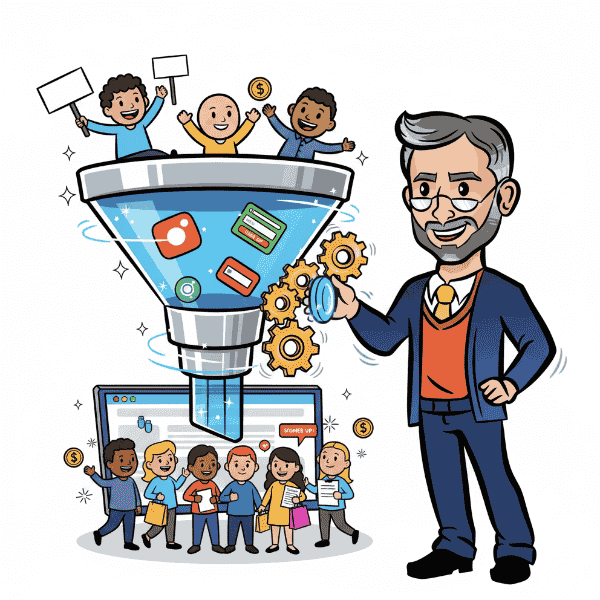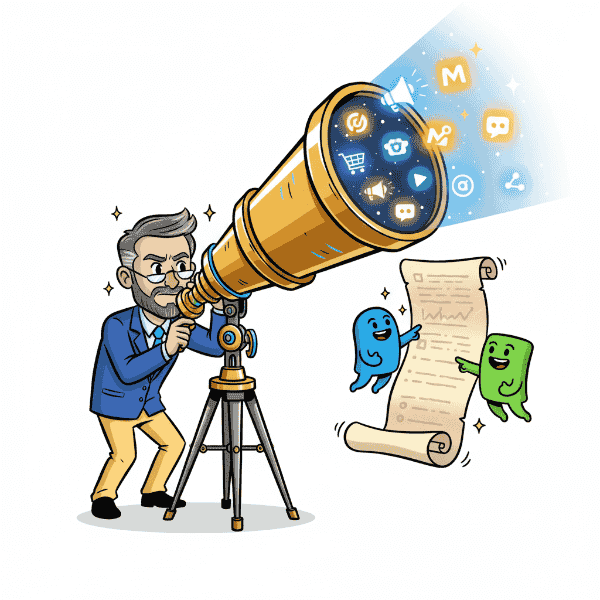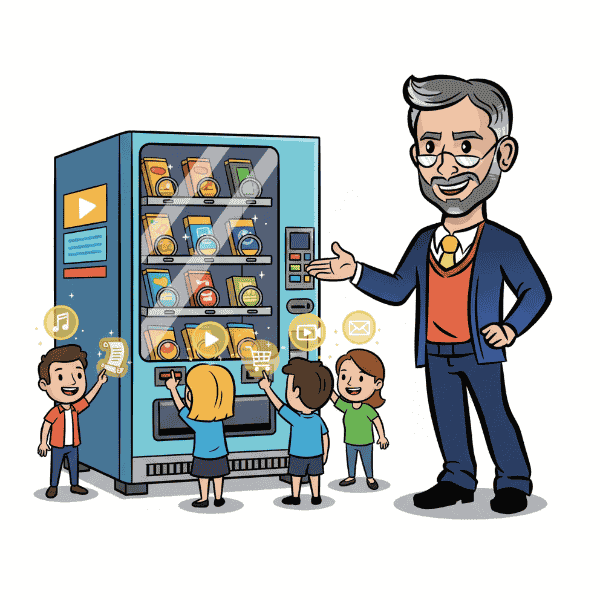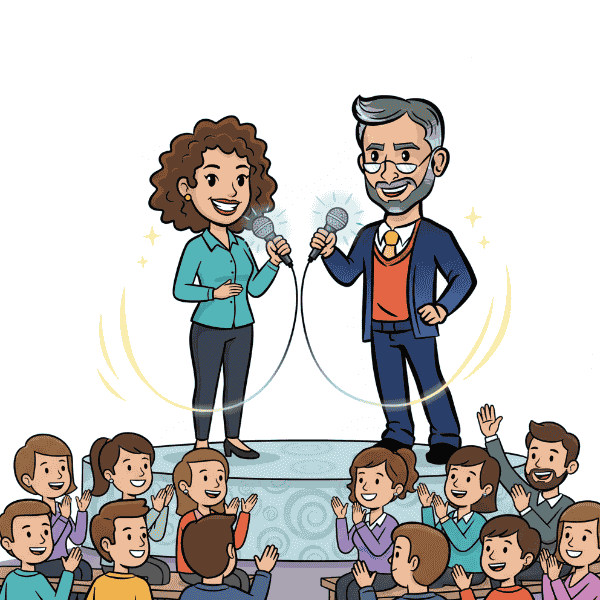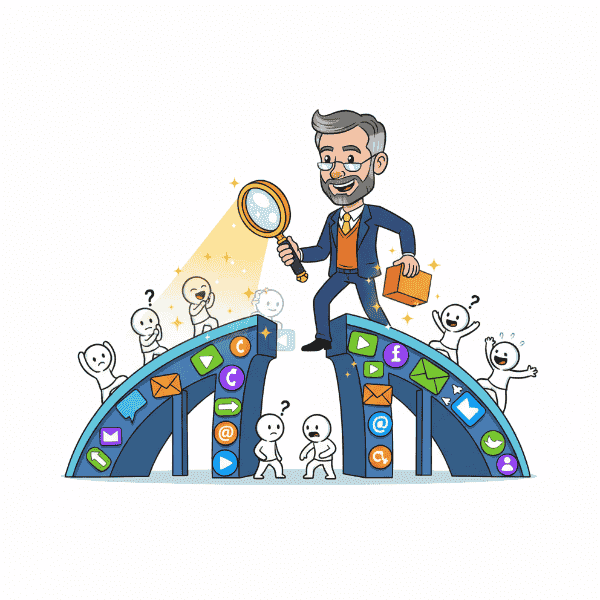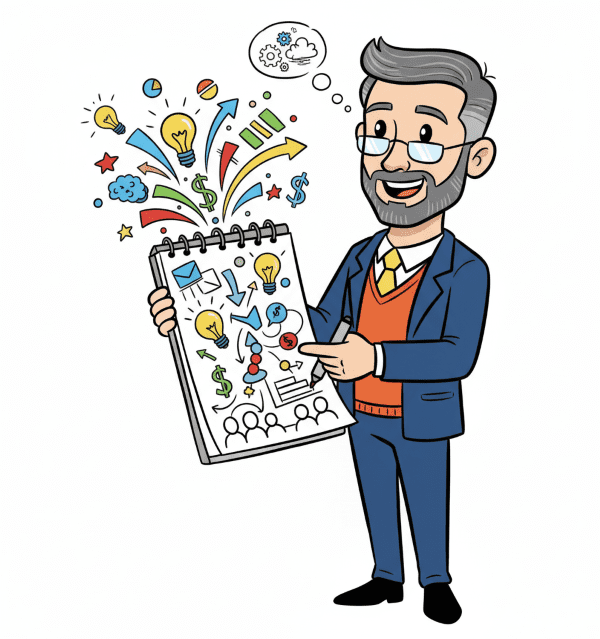Definition: Cost Per Click (CPC) is a digital advertising metric that measures how much an advertiser pays each time a user clicks on an ad. It’s commonly used in platforms like Google Ads, Facebook, and LinkedIn to track the efficiency of paid campaigns. CPC helps marketers understand the true cost of generating traffic and is key for managing ad budgets and optimising performance.
Use it in a Sentence: The marketing team lowered their Cost Per Click (CPC) by refining ad targeting and improving their Quality Score on Google Ads.
Benefits of Optimizing Cost Per Click (CPC)
- Controlled Advertising Spend: By keeping your CPC low while maintaining quality traffic, you ensure your budget stretches further, allowing more impressions and conversions.
- Better ROI: A well-managed cost per click (CPC) helps deliver a stronger return on your advertising investment by maximizing conversions for every dollar spent.
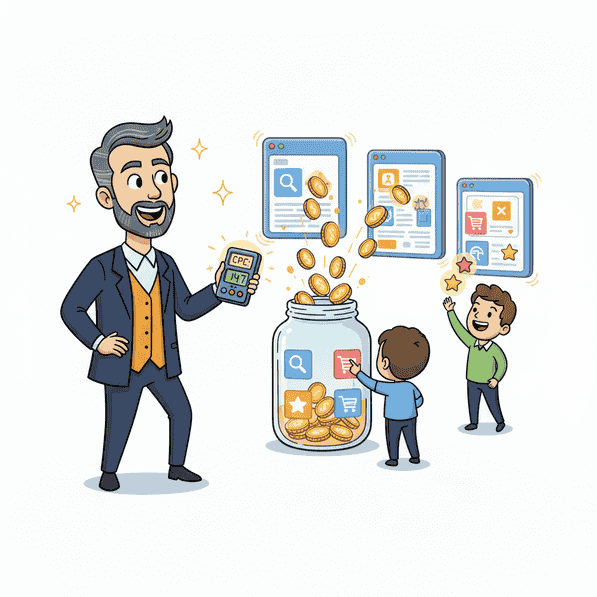
- Targeted Traffic: Lower CPC combined with high-intent keywords means you’re attracting visitors who are more likely to convert, not just random clicks.
- Competitive Advantage: Outbidding competitors efficiently allows you to dominate key search terms and ad placements without overspending.
- Scalable Campaigns: When CPC is optimized, it’s easier to scale campaigns without sacrificing profitability, which is critical for growing businesses.
Key Elements of Managing Cost Per Click (CPC)
- Keyword Selection: Focus on a balance between high-intent keywords and affordable competition levels to keep your CPC in check while attracting qualified traffic.
- Ad Quality Score: Platforms like Google Ads reward high-quality, relevant ads with lower CPC rates. Craft compelling ad copy and use strong CTAs to improve your score.
- Audience Targeting: Narrow your audience by location, demographics, interests, and behaviors to serve ads to users most likely to click and convert.
- Bidding Strategy: Use smart bidding options—manual, automated, or target CPA—to control how much you’re willing to pay for each click while maximizing results.
- Landing Page Optimization: Ensure the page users land on is relevant, fast, and conversion-focused. A better user experience can lower CPC by improving Quality Scores.
- A/B Testing: Regularly test headlines, ad copy, creatives, and CTAs to find what resonates best with your audience and drives the most cost-effective clicks.
- Performance Monitoring: Continuously review campaign metrics, especially your cost per click (CPC), to identify trends, spot inefficiencies, and make data-driven adjustments.
More Definitions
(From the Sales & Marketing Jargon Encyclopedia)
- Conversion Tracking: The method of measuring when users complete specific goals—like purchases, sign-ups, or downloads—so you can evaluate the success of your marketing efforts.
Read More> - Lifetime Value (LTV): is the total revenue a business can expect to earn from a single customer over the entire duration of their relationship.
Read More> - One and Done: A sales or marketing approach that lacks follow-up or nurturing—often ineffective.
Read More> - Incremental Revenue: Additional income generated from a specific marketing activity or campaign.
Read More> - Conversion Rate Optimization (CRO): The practice of improving website or campaign elements to increase the percentage of users who convert.
Read More>
Useful Posts
(From the Sales Funnel Professor Blog)
- Top of Funnel: Organic Social Strategies: Learn how to build brand awareness using unpaid social media content and outreach.
Read More> - SEO Top of Funnel Strategies: Dive into organic tactics that increase visibility at the awareness stage without a paid budget.
Read More> - How to Find Low-Hanging Fruit in Sales & Marketing: Discover practical ways to identify quick wins and easy-to-implement strategies that don’t require a big spend.
Read More>



